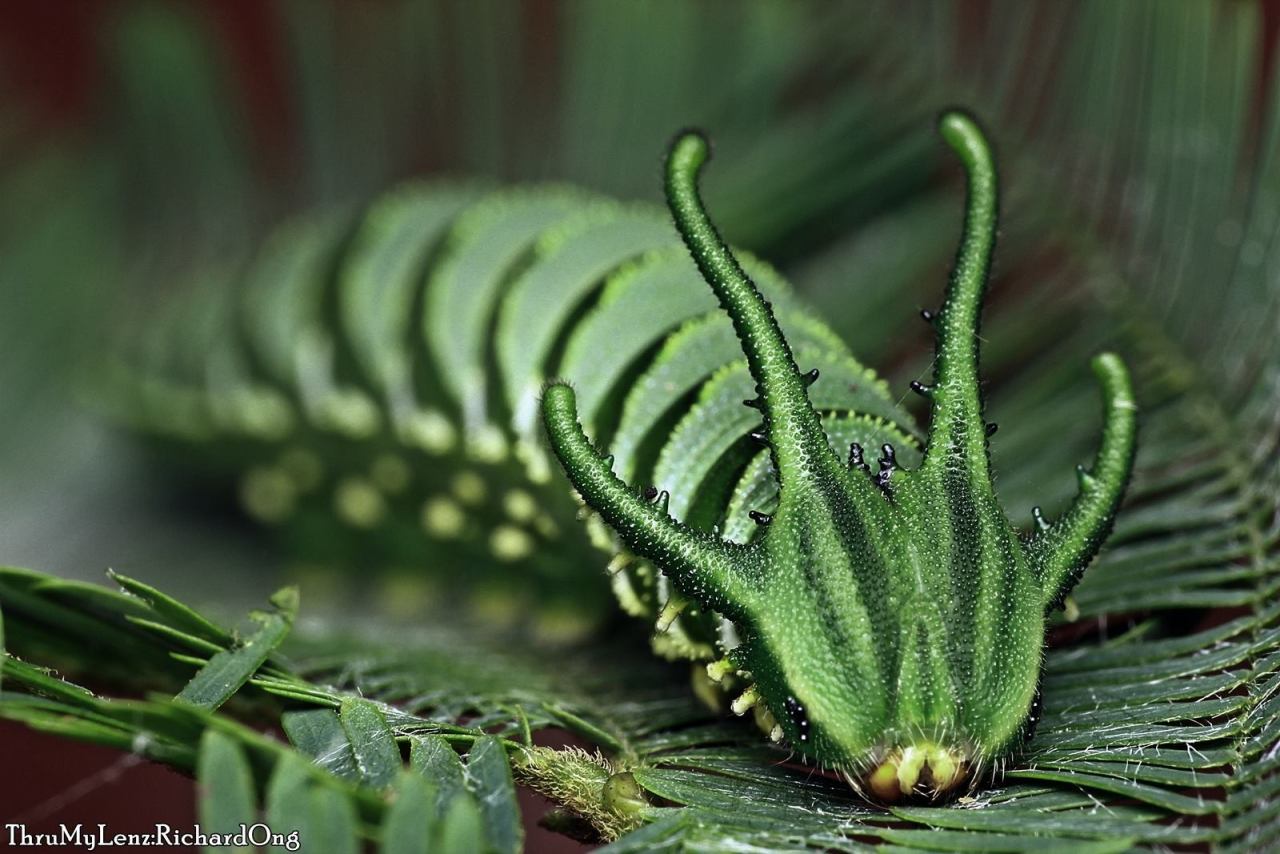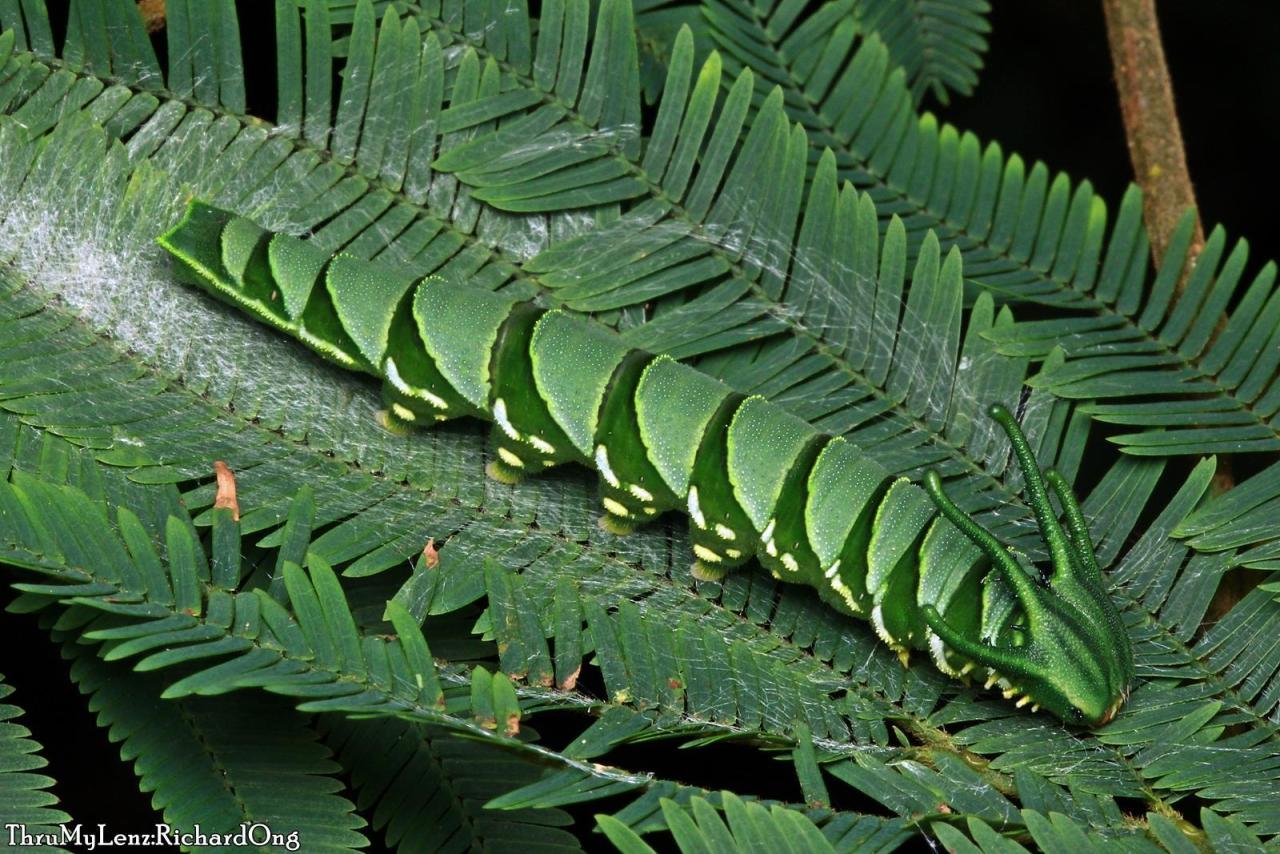wollastoni wrote: ↑Mon Mar 25, 2024 10:05 am
There are 2 important rules in taxonomy
I am not sure I agree with these 'rules' exactly

, particularly in relation to generic classification.
Separation of two or more groups into two or more genera is basically subjective as long as each genus is monophyletic (all species in the genus are derived from the same common ancestor). This was the problem with
Charaxes and
Polyura, since the
Polyura clade is nested within
Charaxes.
There are two ways to solve a problem like this and neither is actually 'right' or 'wrong':
1. Include the whole clade in a single genus
or
2. Separate each sub-clade into a different genus so that each one represents a branch containing species which are all derived from a common ancestor.
So '1.' was the method used when
Polyura was included in
Charaxes and '2.' was the solution adopted by Bouyer (2023) to maintain
Polyura as a separate genus, which at the same time necessitated separation of other species groups into different genera.
Generic classification is somewhat different to that of species in that it uses different criteria. The separation of species can be tested in different ways which hopefully give a 'same/different species' result.
Adam.


















